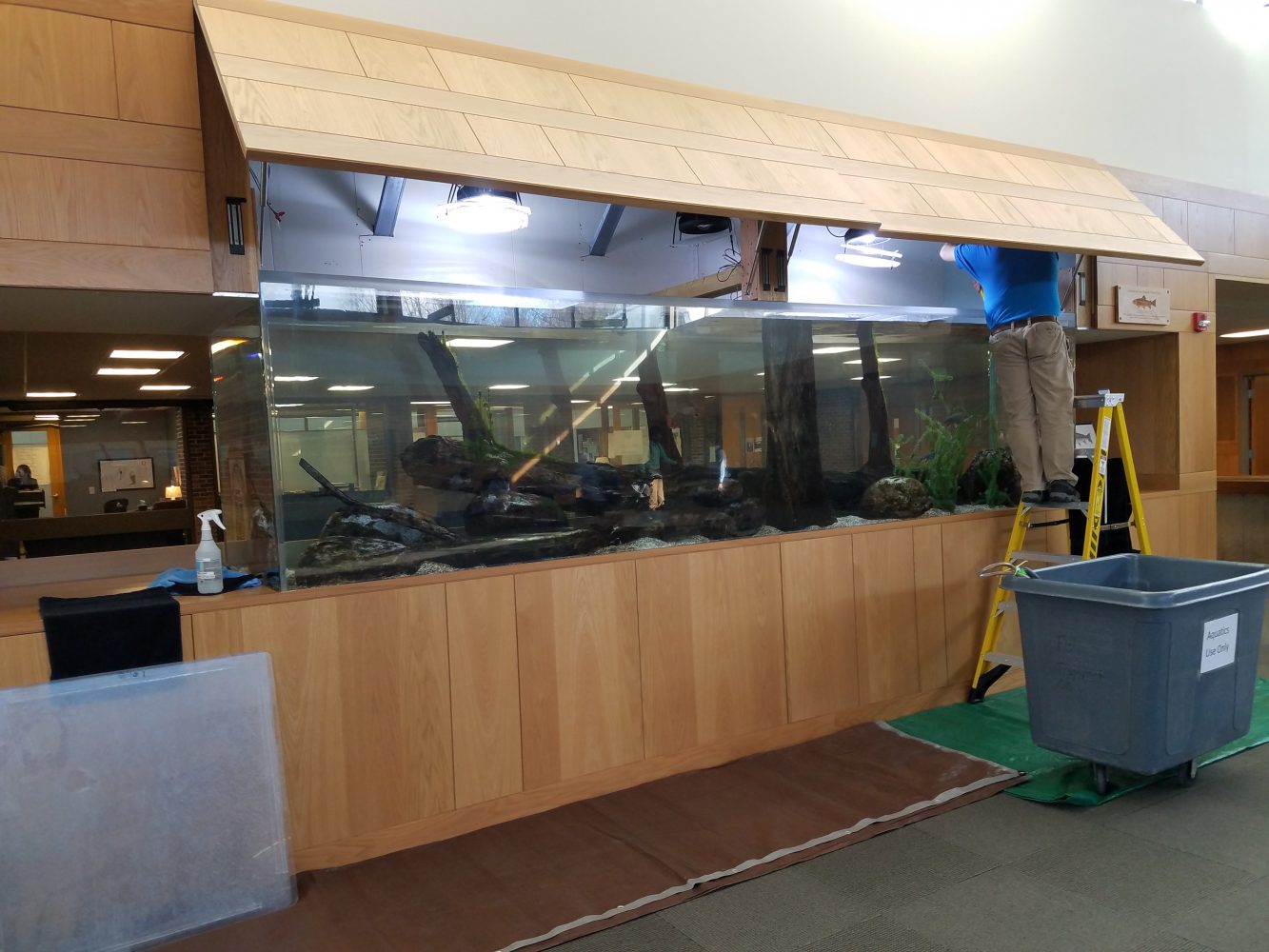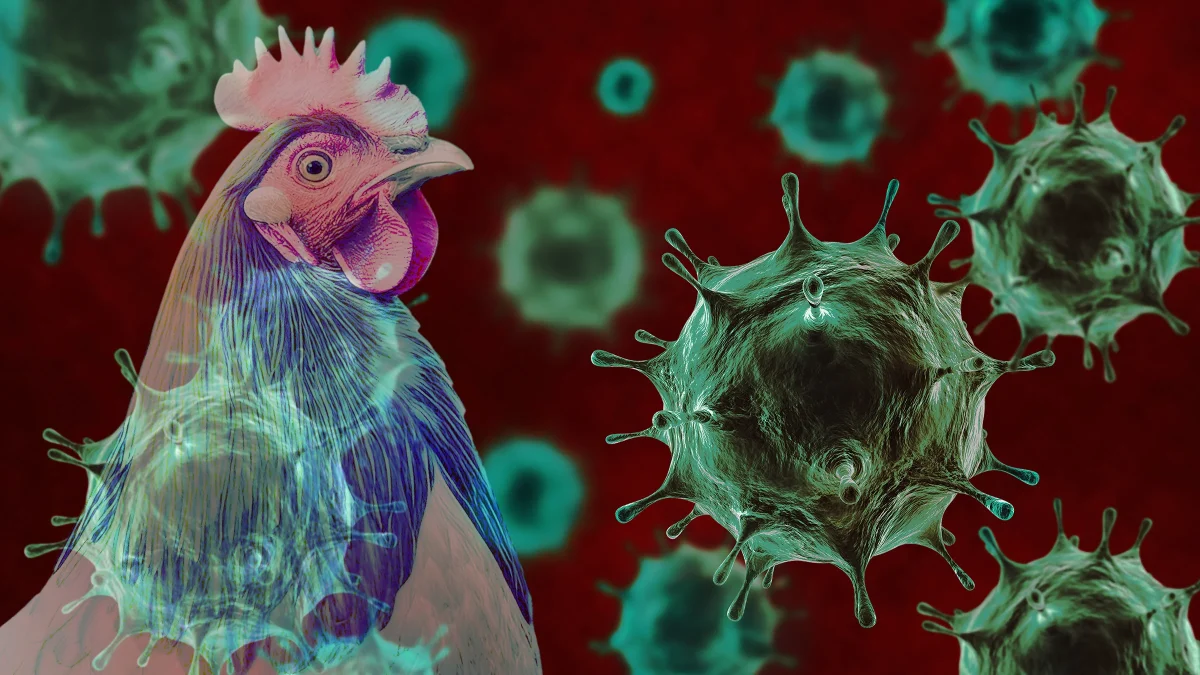Since its debut in 2014, the prominent 2,000-gallon fish tank has given character to the Upper Commons. Although students pass it countless times while going to and from class, few actually take the time to pause and consider the depths behind it.
When reviewed thoughtfully, the fish tank proves to be an interesting facility in the school. To begin, the fish that live in the tank are the school’s very own brook trout from the hatchery. Directly below the fish tank and faculty lounge lie the true mechanics of the tank. A multitude of pipes and machines are used as the cooling and filtration system. This network includes an Ultraviolet Sterilizer as the final filter, which uses an ultraviolet light bulb to kill free-floating microscopic organisms in the water, such as parasites, viruses, algae, and bacteria.
In the event that something harmful manages to pass through the Ultraviolet Sterilizer, the system also includes a quarantine area for unhealthy fish. In order to control further contagion, diseased fish are placed in a large tub that is artificially cooled to a comfortable temperature. Currently, the quarantine zone remains empty.
Additionally, the fish tank possesses the ability to easily switch between fresh water and salt-water environments. This special feature enables the fish tank to house a wide variety of species by meeting their diverse environmental needs.
When observing the fish tank from the stairs leading to the Upper Commons, students can picture exactly how the fish tank is structured. On the wall directly below the fish tank, one can see two gray pillars on both sides of the fish tank. Within this wall, pipes connect the fish tank to the filtration system. Off of these two pillars, a flat structure distributes the weight of the fish tank evenly for optimal architectural support.
About once a week, the fish tank undergoes maintenance services. The panels directly above the fish tank are locked with a maglock, which is the same system used to lock the doors separating the academic and athletic wings. This system involves a powerful electromagnet that attracts a conductor forcefully enough to restrain someone form opening the door. As Mr. Locke, Facilities Director at University School, stated, “The maglock is opened by cutting off the power.” He said that the purpose of the maglock is to act as a “deterrent.” Specifically, Mr. Locke explained how the administration was afraid of students intentionally dropping harmful substances or pollutants such as dyes in the water.
The maintenance company, a Chicago-based service by the name of Aquamoon, unlocks the maglock to clean the fish tank in a way that is similar to how one would clean a pool. The maintenance workers put the filtration system in bypass, vacuum the tank, and perform any other tasks that are necessary for proper maintenance.
Many students, after pondering the amount of money it costs to maintain such a sophisticated facility, often joke about the true need for a fish tank and arrive at one question: Why do we even have a fish tank? As Mr. Locke suggests, the purpose of the fish tank is “nothing symbolic,” but rather an attempt to lighten the mood of students in recognition of their challenging course loads. Aquamoon’s website states that they believe “aquariums combine living beauty and technical integrity to create miniature artistic interpretations of the natural world.” Indeed, both sources seem to collectively explain that having a fish tank present is simply a healthy way to reinvigorate students’ minds and stimulate their imaginations.







